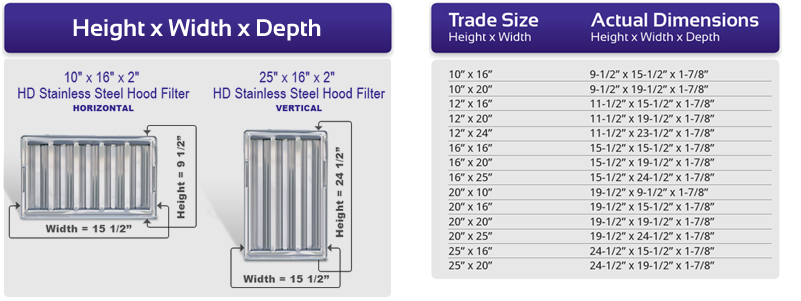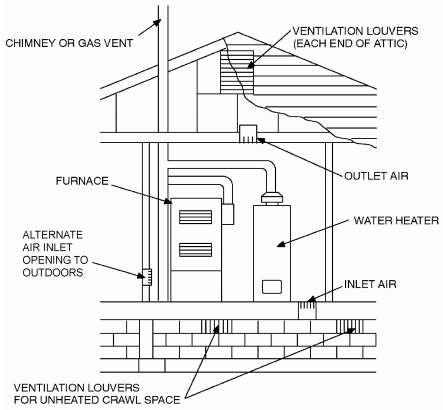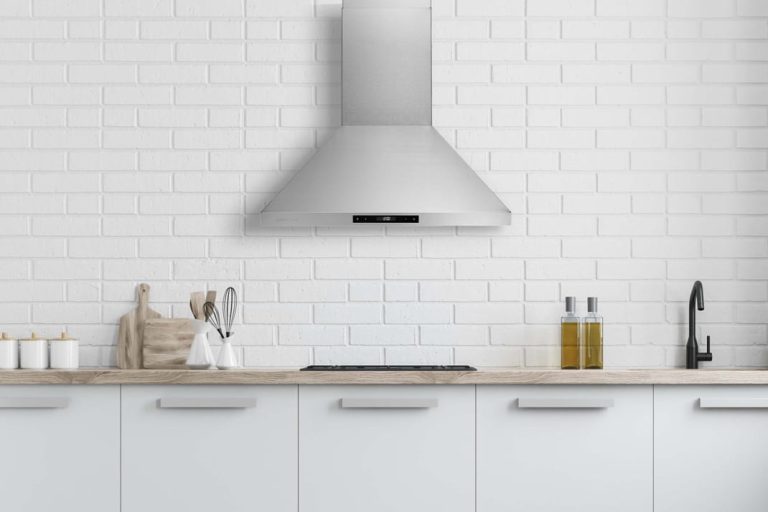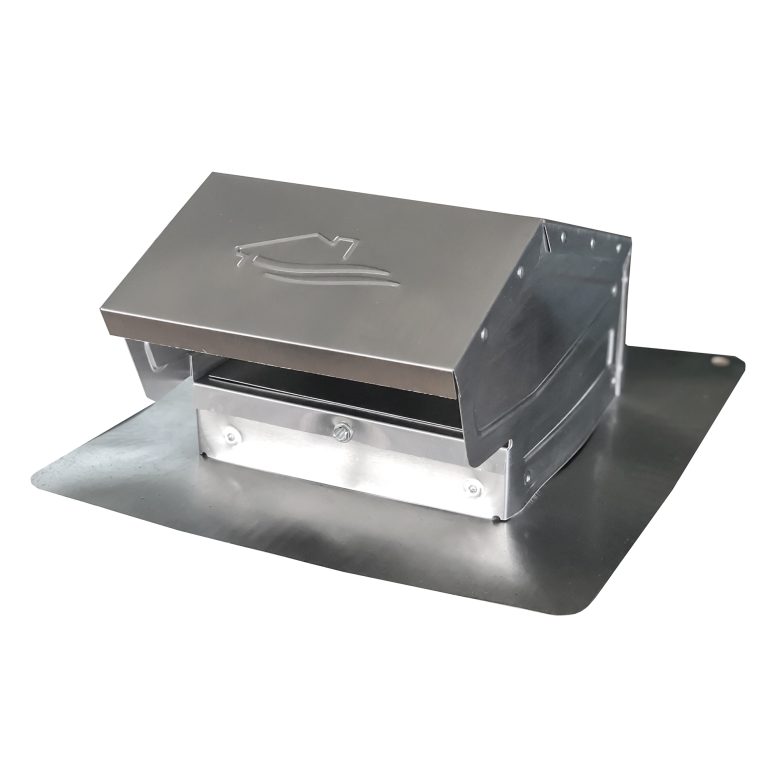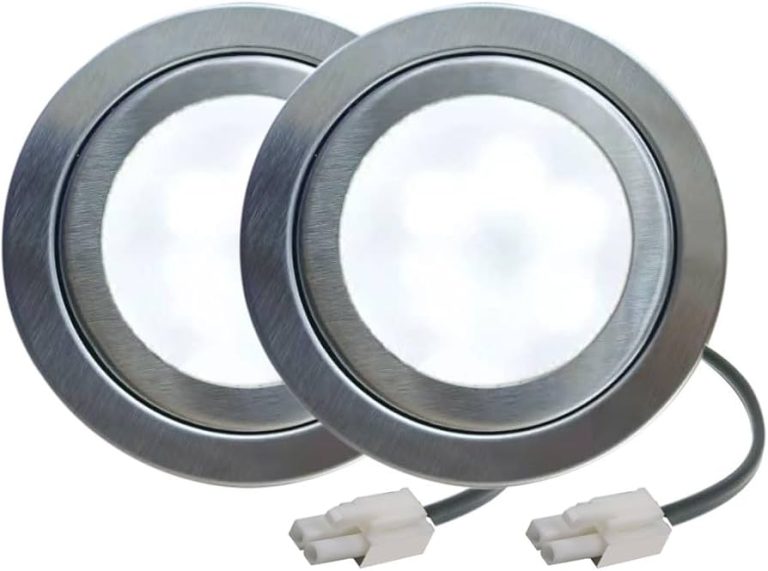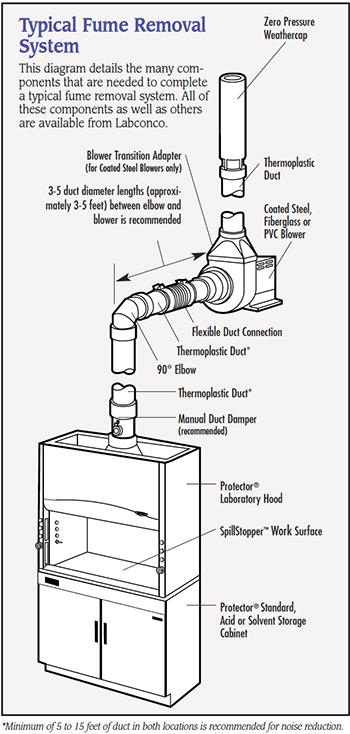To measure a range hood filter, use a tape measure to find its length, width, and thickness. Record these dimensions to ensure you purchase the correct replacement filter.
Proper maintenance of your range hood filter is essential for a clean and efficient kitchen. Filters trap grease, smoke, and odors, preventing them from circulating in your home. Knowing how to measure your filter accurately helps you find the right replacement, ensuring optimal performance.
A well-fitted filter enhances air quality and prolongs the life of your range hood. Regularly checking and replacing filters can improve energy efficiency and reduce fire hazards. Understanding the measurement process can save time and money while keeping your kitchen safe and pleasant. Stay proactive about your home’s air quality with the correct filter dimensions.

Credit: www.amazon.com
Introduction To Range Hood Filters
Range hood filters are crucial for clean air in your kitchen. They trap grease, smoke, and odors. Regular measurement of filters helps maintain efficiency.
Pay attention to these signs that indicate your filter needs replacement:
- Visible grease buildup on the filter.
- Decreased airflow from the hood.
- Unpleasant odors during cooking.
- Increased cooking time due to smoke.
Keeping track of these indicators ensures a healthier cooking environment. Regularly check and measure your filters for optimal performance.

Credit: www.amazon.com
Types Of Range Hood Filters
Metal filters are durable and easy to clean. They trap grease and dirt well. Regular maintenance can extend their lifespan.
Charcoal filters absorb odors effectively. These filters need replacement every few months. They are ideal for kitchens without proper ventilation.
Fabric filters are less common but useful. They capture small particles and can be washed. Check for specific washing instructions to avoid damage.
Tools You’ll Need
To measure your range hood filter, gather these essential tools. A tape measure or ruler is necessary for accurate measurements. Use a notepad and pen to jot down the sizes.
Always wear gloves for safety while handling the filter. This protects your hands from sharp edges. Make sure the area is clean and dry.
With these tools, measuring the filter becomes simple and effective. Accurate measurements help in finding the right replacement filters.
Preparation Steps
First, turn off the range hood. This ensures safety while working. Unplug it or switch it off at the wall.
Next, remove the filter carefully. Look for the clips or screws that hold it in place. Use a screwdriver if needed. Be gentle to avoid bending or damaging the filter.
Place the filter on a clean surface. Inspect it for dirt or grease buildup. This will help you measure and clean it later.
Measuring Metal And Fabric Filters
To measure metal and fabric filters, start by measuring the length and width. Use a ruler or measuring tape for accuracy. Record the dimensions in inches or centimeters.
Next, note down the thickness of the filter. This measurement is important for a proper fit. Use the same tool to measure thickness.
Finally, round off the measurements to the nearest fraction. This helps in finding the right replacement. Common fractions include 1/4, 1/2, and 3/4.
Measuring Charcoal Filters
To measure charcoal filters, start by determining the diameter. Use a ruler or measuring tape. Measure from one edge to the opposite edge. This gives the full width of the filter.
Next, check for model-specific sizes. Different models have unique dimensions. Visit the manufacturer’s website for exact measurements. This ensures you get the right fit for your range hood.
| Filter Type | Common Diameter |
|---|---|
| Round Filters | 6 inches |
| Square Filters | 8 inches |
| Rectangular Filters | 10 x 12 inches |
Recording Measurements
To measure your range hood filter, start with a measurement chart. This chart helps you track dimensions clearly.
Use the following information to create your chart:
| Measurement Type | Value |
|---|---|
| Width | ______ inches |
| Depth | ______ inches |
| Height | ______ inches |
Record this information in a safe place. Keeping track is useful for future needs.
Consider making a digital copy or a printout. This makes it easy to refer back.
Purchasing The Right Filter
Purchasing the right range hood filter starts with accurate measurements. Measure the width, depth, and height of your current filter. This ensures a proper fit for your new filter.
OEM (Original Equipment Manufacturer) filters are made by the same company as your range hood. They often provide better quality and exact fit. Aftermarket filters are usually cheaper. They may not fit perfectly but can work well.
| Filter Type | Advantages | Disadvantages |
|---|---|---|
| OEM | Exact fit, high quality | More expensive |
| Aftermarket | Cost-effective | May not fit perfectly |
Installation Tips
Measuring your range hood filter is crucial for a good fit. Start by checking the dimensions of your existing filter. Use a tape measure for accuracy. Make sure to measure the width, length, and thickness.
After installation, it is important to test the range hood. Turn it on and listen for any unusual noises. Check for proper airflow by placing a piece of paper near the filter. If it sticks, the fit is good.
Always ensure the filter is clean and in good condition for best performance. Regular checks will help you avoid any issues later.
Maintenance And Care
Cleaning your range hood filter is essential for good performance. Regular maintenance keeps your kitchen safe and fresh. Use warm, soapy water to scrub the filter. A soft brush helps remove stubborn grease. Rinse thoroughly and let it dry completely before reinstalling.
Measure the filter size every six months. This ensures you have the right fit. Check for any signs of wear or damage. Replace filters that look old or worn out. This keeps your range hood working efficiently.
| Cleaning Frequency | Signs to Measure Again |
|---|---|
| Every 1-3 months | Visible grease buildup |
| Every 6 months | Filter damage |
Common Mistakes To Avoid
Many people make the mistake of ignoring the manufacturer’s guide. This guide provides important details about your range hood filter. It tells you how to measure it correctly. Not following these instructions can lead to incorrect measurements.
Another common error is not checking for specific model requirements. Each model may have different filter sizes. Always ensure you know your model’s specifications. This will help you buy the right filter. Avoiding these mistakes will save you time and money.

Credit: www.airfilterllc.com
Faqs On Range Hood Filter Replacement
Measuring range hood filters helps maintain good kitchen air quality. Check filters every 3 to 6 months. This keeps them effective and reduces grease build-up.
Filters may need replacement sooner if used heavily. Always follow the manufacturer’s guidelines for specific recommendations.
Cutting a filter to size is risky. It can damage the filter’s effectiveness. Always choose the right size filter for your hood.
If a filter is too large, consider buying a new one. Proper fit ensures the best performance and air flow.
Frequently Asked Questions
How Do I Find The Right Filter Size?
To find the right range hood filter size, measure the dimensions of your current filter. Use a tape measure for accuracy. If the filter is missing, check the range hood’s manual for specifications. Standard sizes can also be found online or at home improvement stores.
What Tools Do I Need To Measure The Filter?
You will need a tape measure or ruler to measure the filter. A pen and paper are helpful for noting down measurements. Ensure you have adequate lighting for visibility. A smartphone can also be used to take pictures for reference.
How Often Should I Replace Range Hood Filters?
You should replace range hood filters every three to six months. Frequent cooking may necessitate more regular changes. Check the filters for grease buildup or discoloration. Regular replacement ensures optimal performance and improved air quality in your kitchen.
Can I Clean Range Hood Filters Instead Of Replacing Them?
Yes, you can clean some types of range hood filters. Metal filters can usually be washed with warm, soapy water. However, charcoal filters should be replaced, not cleaned. Always refer to the manufacturer’s guidelines for specific cleaning instructions.
Conclusion
Measuring your range hood filter accurately ensures optimal kitchen performance. Regularly checking dimensions helps you maintain efficiency and prolong the lifespan of your appliance. Remember to replace filters as needed for better air quality. By following these simple steps, you can enjoy a cleaner, healthier cooking environment.
Happy cooking!
